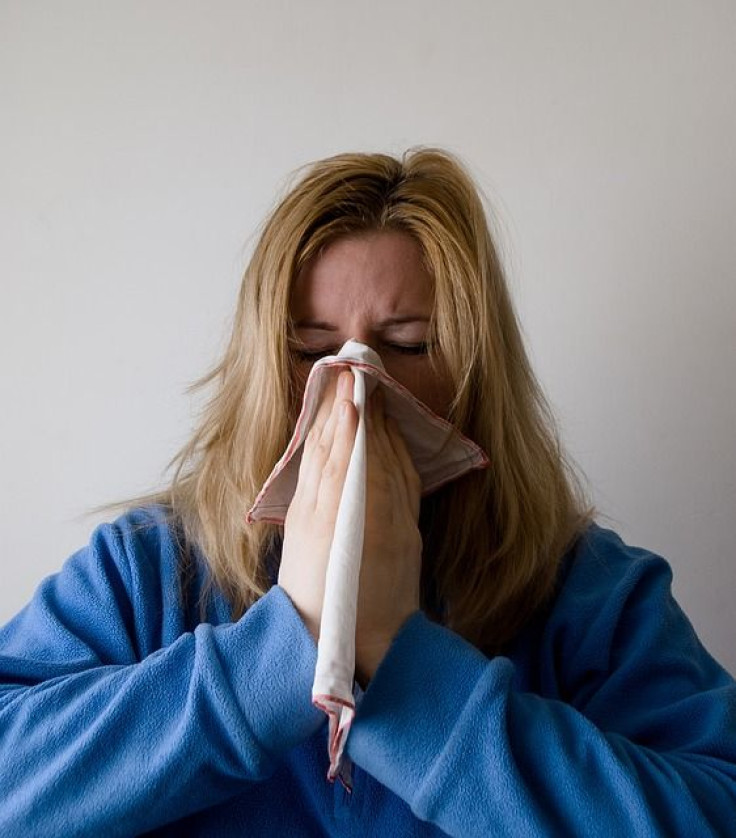Flu Epidemic 2017: How To Predict The Next Influenza Outbreak

The flu arrives at nearly the same time every year, but predicting exactly which week the outbreak will begin is difficult; new research may soon change all this. A recent study has explained how scientists are now using details in outdoor temperatures to help them better predict flu outbreaks. This could lead to better prevention and treatment efforts, and save lives along the way.
The research determined that a sudden drop in outdoor temperatures could act as a “kickstart” to flu season. Based on their calculations, a cold week with an average temperature below zero degrees Celsius (32 degrees Fahrenheit) usually precedes the start of a flu epidemic. This may be due to the theory that air-borne particles containing the virus, such as those released in a cough or sneeze, may spread more easily in cold, dry weather. The researchers reported that when this occurs in a population where there are enough people without vaccinations, and who are susceptible to the infection, an epidemic will occur.
Read: Do I Need To Get Vaccinated If I’ve Already Had The Flu This Year?
"We believe that this sudden drop in temperature contributes to "kickstart" the epidemic. Once the epidemic has started, it continues even if temperatures rise. Once people are sick and contagious, many more may become infected," explained Nicklas Sundell, one of the researchers involved in the study, according to Science Daily.
For the study, the team looked at three different flu seasons and compared 20,000 nasal swabs from individuals who had visited Swedish medical centers in the Gothenburg area. They then compared the incidences of infections with weather data to determine when these infections first became activated. According to past research, the cold dry weather may help virus particles retain their moisture and remain airborne, thus spreading to more individuals.
The team hope that better predictions of flu seasons will help both with efforts to get the public vaccinated and allow medical centers to better prepare for increased patient visits.
Still, the best way to prevent flu infection is to get vaccinated. Although most vaccinations are given in September and October, it's not too late to get the shot because flu season typically lasts until about May. Also, those who have already been sick with the flu are still urged to get vaccinated to prevent infections with other strains.
Source: Sundell N, Andersson LM, Brittain-Long R, Lindh M, Westin J. A four year seasonal survey of the relationship between outdoor climate and epidemiology of viral respiratory tract infections in a temperate climate. Journal of Clinical Virology . 2017
See Also:
Flu Shot Side Effects 2017: Is It Too Late To Get Vaccine, And What To Expect
The Flu Vaccine Isn't Perfect, But It May Prevent Cases Of Flu-Associated Pneumonia



























